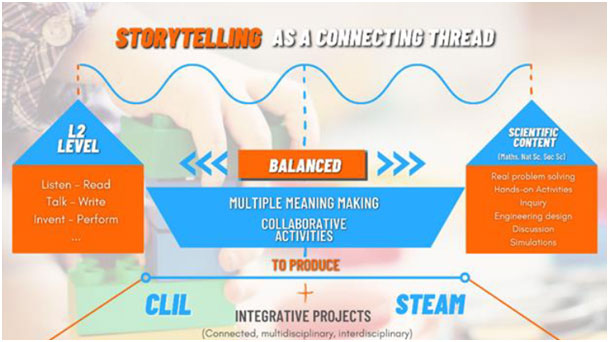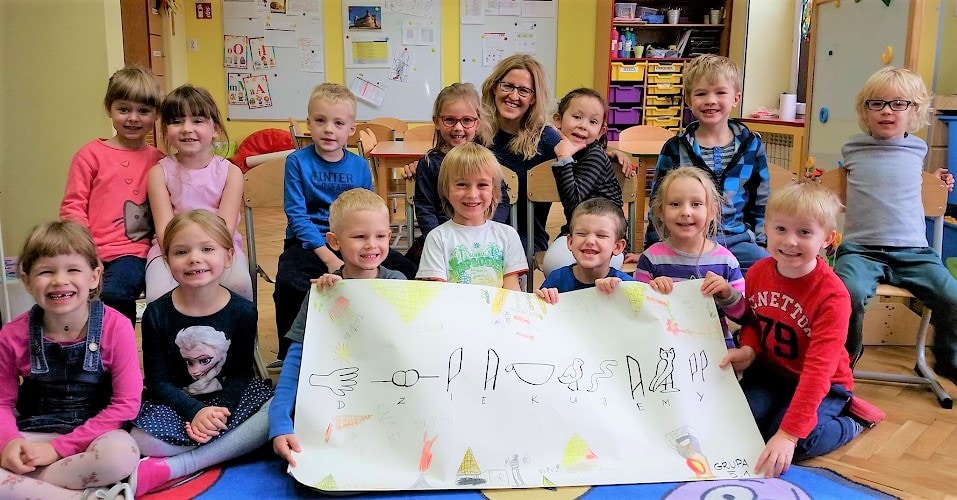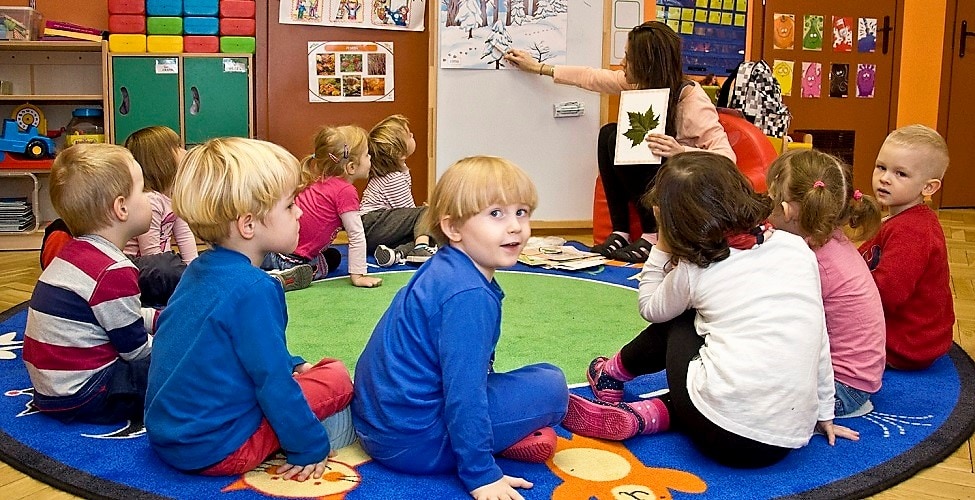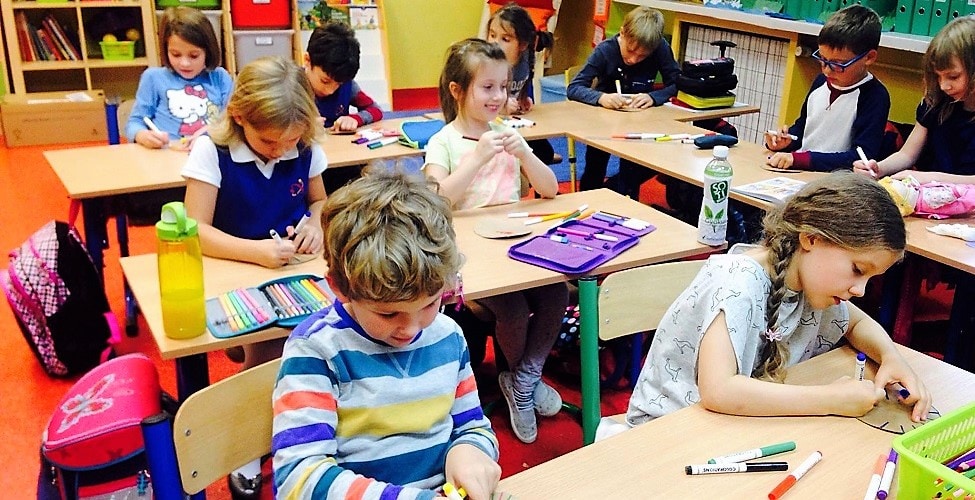SeLFiE model combining CLIL and STEAM

In the period of July 3 – 09 this year, four teachers had the opportunity to take part in a STEAM (Science, Technology, Engineering, Art, Mathematics) and CLIL (Content and Language Integrated Learning) training in Burgos, Spain. The workshop was organized as part of the eTwinning SeLFiE Project.
This project is co-financed by the European Commission and during the event, teachers had the opportunity to take part in discussing the current situation of the project, there were
many interesting workshops that were conducted by ITSW teachers and others from Spain and Malta and demonstrated their own science teaching skills.

Selfie and the Traditional Model of Learning and Teaching
Undoubtedly, the world is changing at a dizzying pace thanks to its rapid technological developments. The reality in which children will have to find themselves is completely a different one in which we – teachers- entered adulthood. Each child has a natural way of learning, an intrigued curiosity about the world, honesty and the ability to see things and circumstances differently than adults. In Polish schools, the way of transmitting knowledge is by memorizing everything, contrary to the natural way in which a student explores his thoughts. That is why science is rarely seen as an attractive lesson that for sure also guarantees frustration.
According to the latest research of the World Economic Forum, one of the most important
competency of the future is the ability to think analytically and critically, fast and a comprehensive problem/solution skill that is used to solve both everyday life and work problems.
Such competences of the future are undoubtedly developed by exact sciences. But it is important how to transfer knowledge in which the teacher becomes a mentor and a trainer who supports,it suggests, but does not provide ready-made solutions. Doesn’t give negative ratings for not remembering a specific scope of the material, and encourages further research on the issue. That’s why the traditional model of teaching and learning is not an appropriate one as it does not set commitmenta and willingness to solve a given research problem. The student learns to solve problems and analyze what is often in the use of experiments and experiences in case of failure and it also evokes emotions. In the STEAM methodology, the student is the center of attention, the teacher is only a mentor in the acquisition of knowledge. Guiding lessons in this way allows you to develop logical and critical thinking. In children and in young people this increases their self-confidence, teaches them to make their own decisions and reach for more often unconventional ideas.
The need for knowledge of foreign languages does not need to be introduced to anyone. Learning foreign languages improves the ability to concentrate, trains the memory and increases cultural knowledge. CLIL, is a teaching method of integrated subject and foreign language, spreads expertise while deepening a linguistic competence. The SeLFiE pedagogical model combines STEAM learning with a learner-focused and collaborative learning of foreign languages. Storytelling in the form of fairy tales or even a popular science article is used as a motivating and engaging topic for young people in problem solving.
Children analyze the content and explore various scientific aspects as well as engaging in the STEAM project, which is based on elements related to “Story”.



